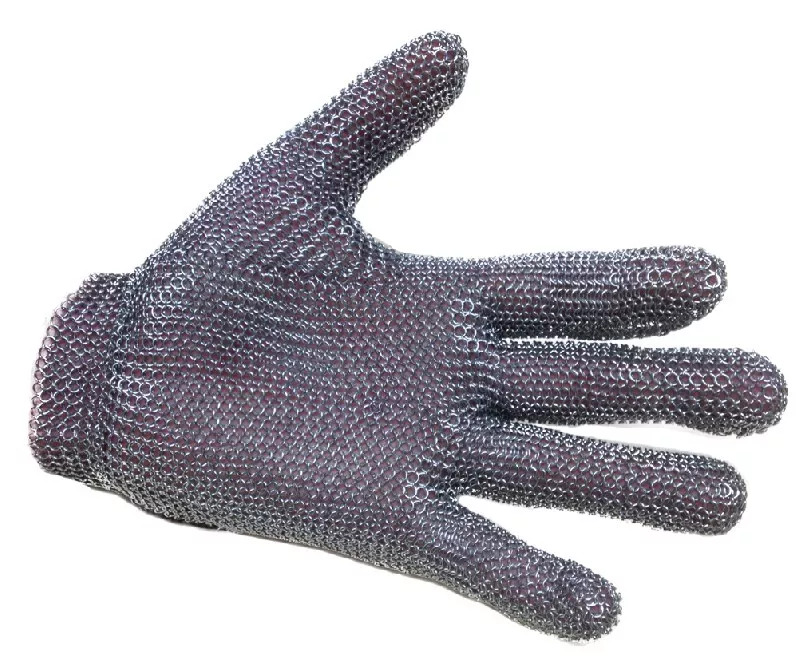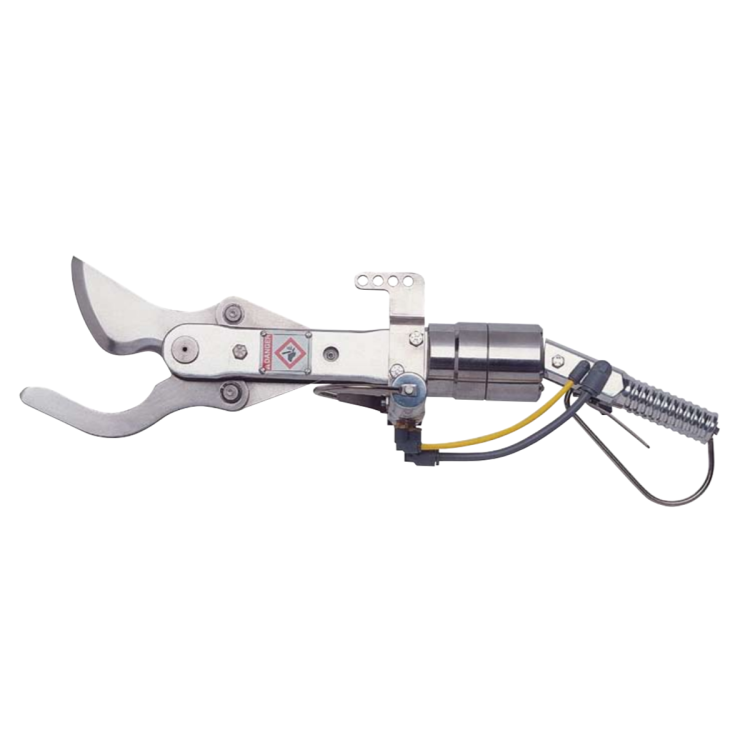


In the meat processing industry, maintaining high standards of hygiene is not just a legal requirement but also crucial for ensuring the safety and quality of the products.
Slaughterhouses and butcheries play a pivotal role in this process, and adhering to strict hygiene protocols is essential to prevent contamination and ensure consumer satisfaction.
Here are some best practices for maintaining hygiene in slaughterhouses and butcheries:
Regular Cleaning and Sanitization:
Implement a rigorous cleaning schedule for all equipment, surfaces, and work areas.
Use appropriate cleaning agents and disinfectants to eliminate bacteria, viruses, and other pathogens.
Ensure that cleaning is done thoroughly and regularly to prevent the buildup of dirt and contaminants.
Personal Hygiene:
Emphasize the importance of personal hygiene among staff members.
Provide training on proper handwashing techniques and ensure that employees wear clean protective clothing, including gloves, aprons, and hairnets, to prevent cross-contamination.
Separation of Work Areas:
Maintain clear separation between different work areas to prevent the spread of contaminants.
For example, designate separate areas for slaughtering, processing, packaging, and storage, and ensure that there is no cross-traffic between these zones.
Temperature Control:
Keep the temperature within the facility at appropriate levels to prevent the growth of bacteria.
Ensure that refrigeration and freezing equipment are properly maintained and regularly inspected to avoid breakdowns that could compromise food safety.
Proper Waste Management:
Implement effective waste management practices to dispose of animal by-products and other waste materials safely.
Use designated containers for different types of waste and ensure that they are emptied and cleaned regularly to prevent odors and the attraction of pests.
Pest Control:
Implement measures to control pests such as rodents, insects, and birds, which can spread disease and contaminate food products.
Use traps, baits, and other pest control methods in and around the facility, and conduct regular inspections to identify and address any infestations promptly.
Quality Assurance:
Implement a comprehensive quality assurance program to monitor and maintain hygiene standards throughout the facility.
Conduct regular inspections and audits to identify any areas of concern and take corrective action as needed to address deficiencies.
Employee Training and Education:
Provide ongoing training and education to employees on hygiene protocols, food safety practices, and the importance of compliance with regulatory requirements.
Ensure that all staff members are aware of their responsibilities and are equipped with the knowledge and skills needed to maintain hygiene standards effectively.

Documentation and Record-Keeping:
Maintain detailed records of cleaning schedules, pest control measures, inspections, and any corrective actions taken.
Keep all documentation organized and readily accessible for regulatory inspections and audits.
In conclusion,
By following these best practices, slaughterhouses and butcheries can uphold the highest standards of hygiene, ensure the safety and quality of their products, and build trust and confidence with consumers and regulatory authorities alike.
At Jarvis Products Kenya, we are committed to supporting our customers in achieving excellence in hygiene and food safety in their operations.
For more information on our range of slaughtering and meat processing equipment, please visit our website or contact us directly.

meat industry served differently
Our meat processing bandsaw blades, made from high-quality stainless steel, offer durability, efficient cutting, and sanitation for optimal meat processing performance. To shop this and more click shop button below:
At Unbeatable Prices